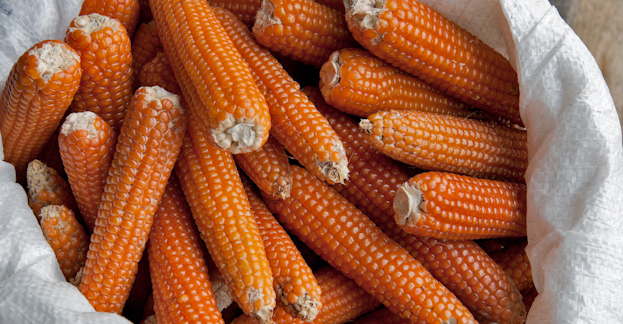What We Do—and Why We Do It

To help you understand our mission at Anson Mills, we must first explain something of the Carolina Rice Kitchen. This “Rice Kitchen” is not strictly Carolinian, and it isn’t a physical kitchen, either. The term, popularized by food historian Karen Hess in her eponymous book, refers to a cuisine—one that emerged in the early 19th century along the coasts and in the midlands of Carolina and Georgia, and which took Carolina Gold rice, rather than wheat or corn, as its staple grain. Carolina Gold, a sweet, non-aromatic rice of superior flavor, texture, and cooking quality, created a culture of wealth and influence, and brought fortunes to those who grew it. But in time, it nearly passed away.
Carolina Rice Kitchen cuisine arose when three distinct rice cultures came together to build rice canals on the sea islands of Carolina and Georgia: Venetian rice farmers who designed the canals, Africans who brought their rice management methods to the endeavor, and Native Americans who worked in the fields. The association of these peoples and their cultures resulted in a vibrant melting-pot exchange that ultimately became a new cuisine.
Cuisine in colonial America was cuisine for the wealthy, and, at its peak, the Carolina Rice Kitchen possessed ingredients that would thrill any chef today: local estate-grown olive oil (and oil from benne, peanut, chestnut, walnut, pecan, and sunflower); locally produced and imported wines; fresh and lagered ales and alembic spirits; fine herbs and spices; abundant vegetables and legumes; seasonal nuts, berries, mushrooms, seeds, and greens; wild game and fish; rice-fed beef, pork, lamb, and poultry; creole charcuterie; wheat, corn, rye, oats and barley—and, let us not forget, Carolina Gold rice.
Africans tended kitchen gardens for the rich, grew market crops for export, and performed hearth cooking for plantation and urban homes. In hidden gardens, they secretly grew plants from their homeland before the plantation system adopted the most promising of them for market farming and export: benne, field peas, peanuts, and yams, among many others. Enslaved Africans adopted without hesitation Native American squash, beans, corn, and planting methods. They embraced European crops from white gentry, too, most notably German field and garden Kohl, the European cultivars eventually included in the broad class of African American collard greens. The abiding influence of African foodways and cooking techniques on the formation of Charleston’s local cuisine and beyond is undeniable.
The word “cuisine” implies much more than cooking, of course: it represents a complex expression of community that emerges in a distinct locale and is dependent on soil, agriculture, preparation, and rites of consumption. Carolina Rice Kitchen cuisine was a local and sustainable cuisine supported by full animal husbandry, and a farming system based upon sustainable rice horticulture.
At Anson Mills, we chose early on to grow and mill Carolina Gold rice and a full complement of heirloom grains adopted by rice families in the 19th century, and to follow the sustainable rice-crop rotation. In some ways, we hope to restart the Carolina Rice Kitchen cuisine itself—a cuisine that depends on a complex agricultural system suited to local conditions and cultural needs. It is an effort that requires extraordinary research into planting practices, seedsmanship, and preparation. The soil must be made right and the interrelation of cultivars reestablished.
Seedsmen of the 19th century bred for flavor—not for transport, not for visual appeal, not for shelf life, not even for disease resistance. Agriculturists of the period sought to impose the maximal beneficial effect of terroir on their ingredients. By doing these things as well, Anson Mills will continue to reintroduce the diverse and flavorful foodways of the Carolina Rice Kitchen.
Why do we make this effort? We could simply lie down and lament the future of American agriculture. But instead we choose to extend the promise of pleasure—pleasure in the fine flavors of grains and vegetables produced with an eye to the integrity of cuisine and the integral character of farming.
It’s been going beautifully so far.

